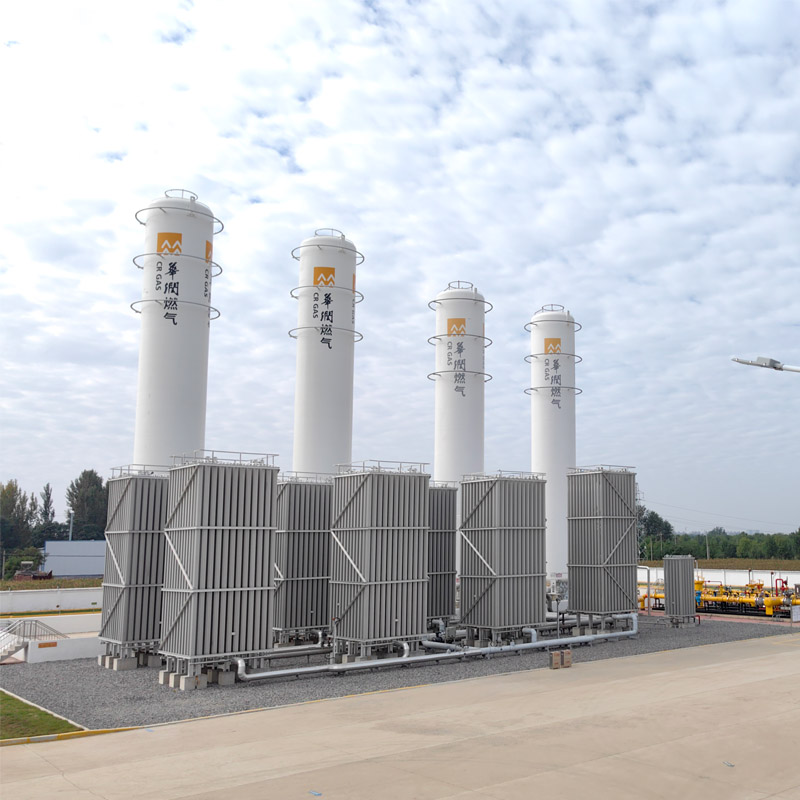
Nov . 09, 2024 01:45
Back to list
Understanding the Benefits and Challenges of Liquefied Natural Gas Usage
Natural Gas Liquefaction An Overview
Natural gas, primarily composed of methane, is a vital energy resource that plays a crucial role in global energy consumption. However, transporting this gas in its gaseous form can be challenging, especially over long distances. This is where liquefied natural gas (LNG) comes into play. The process of liquefying natural gas has revolutionized the way we access and use this resource, making it easier and more efficient to transport, store, and utilize natural gas across the globe.
Understanding LNG The Liquefaction Process
Liquefied natural gas is created by cooling natural gas to a temperature of approximately -162 degrees Celsius (-260 degrees Fahrenheit). At this temperature, natural gas transforms into a liquid state, reducing its volume by about 600 times. This significant reduction in volume makes LNG an ideal solution for transporting large quantities of natural gas over long distances, particularly where pipelines are not feasible.
The process of liquefaction involves several steps. First, impurities such as water, carbon dioxide, and heavy hydrocarbons are removed from the natural gas. Next, the purified gas is cooled in a series of heat exchangers, using refrigeration cycles that employ various methods such as the mixed refrigerant process or cascade systems. The final step is the storage of LNG in specially designed cryogenic tanks, which maintain the cold temperatures necessary to keep the gas in its liquid form.
.
One of the most significant advantages of LNG is its ability to be transported using specially designed LNG carriers. These ships are equipped with insulated tanks that keep the LNG at very low temperatures, ensuring that the gas remains liquefied throughout the journey. This method of transportation allows countries with limited natural gas resources to access this energy source, fostering energy security and diversification.
الغاز الطبيعي المسال

Additionally, LNG can be stored in tanks at coastal facilities or regasification terminals, where it can be converted back into gas form for distribution through pipelines. This flexibility not only helps meet local energy demands but also allows for strategic reserves to be built up, providing a buffer against supply disruptions.
Environmental Considerations
LNG is often touted as a cleaner-burning alternative to coal and oil. When combusted, it produces lower levels of carbon dioxide (CO2) and pollutants such as sulfur dioxide (SO2) and nitrogen oxides (NOx). This shift to LNG can significantly reduce greenhouse gas emissions, contributing to global efforts in combating climate change.
However, the environmental impact of LNG does not solely stem from its combustion. Methane, the primary component of natural gas, is a potent greenhouse gas with a much higher warming potential than CO2 over a short time frame. Therefore, it is crucial to minimize methane leaks during extraction, transportation, and regasification. Ongoing technological advancements aim to improve the efficiency and reduce the emissions associated with LNG production and use.
The Future of LNG
As the world transitions towards cleaner energy sources, LNG is expected to play a key role in this evolution. Its versatility, combined with ongoing innovations in technology, positions LNG as a strategic resource in achieving energy security and sustainability goals.
In conclusion, liquefied natural gas represents a significant advancement in the way we harness and utilize natural gas as an energy source. Its ability to facilitate global trade, provide energy diversification, and support lower carbon emissions makes LNG an essential component of the future energy landscape. With continued focus on minimizing environmental impacts and optimizing production methods, LNG can pave the way for a more sustainable energy future.
Latest news
-
Safety Valve Spring-Loaded Design Overpressure ProtectionNewsJul.25,2025
-
Precision Voltage Regulator AC5 Accuracy Grade PerformanceNewsJul.25,2025
-
Natural Gas Pressure Regulating Skid Industrial Pipeline ApplicationsNewsJul.25,2025
-
Natural Gas Filter Stainless Steel Mesh Element DesignNewsJul.25,2025
-
Gas Pressure Regulator Valve Direct-Acting Spring-Loaded DesignNewsJul.25,2025
-
Decompression Equipment Multi-Stage Heat Exchange System DesignNewsJul.25,2025

